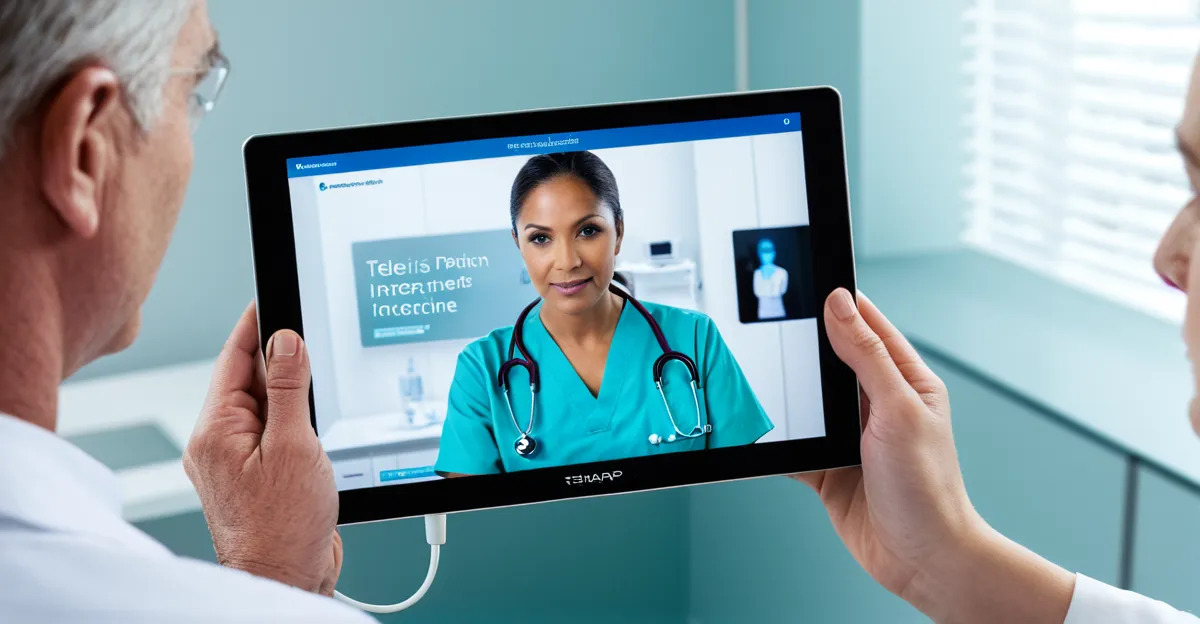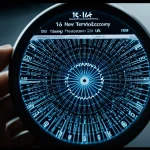Impact of Telemedicine on Patient-Doctor Relationships in the UK
Telemedicine UK has significantly transformed patient-doctor interaction by shifting many consultations to digital platforms. This change alters communication styles, as doctors and patients adapt to virtual settings mainly through video calls, phone consultations, or secure messaging. Unlike face-to-face meetings, these formats can challenge non-verbal cues, affecting the development of trust and rapport during NHS telehealth sessions.
Patients often report varied experiences, some appreciating the convenience, while others feel that virtual consultations may lack warmth or personalized attention. Such feelings influence the level of trust and comfort in sharing sensitive health information. However, regular use of telemedicine UK can enhance familiarity and improve interaction quality over time.
Additional reading : How Can Improved Sleep Hygiene Transform Your Mental Well-being?
Continuity of care experiences mixed effects. While telemedicine enables easier follow-ups and monitoring, especially in chronic disease management, it risks fragmentation if digital communication replaces all in-person visits without integrating patient records fully. NHS telehealth programs emphasize balancing virtual and face-to-face appointments to maintain longstanding patient-doctor relationships.
Understanding these dynamics helps healthcare providers optimize telemedicine UK practices, ensuring that digital interactions support—not replace—the empathy and connection central to clinical care.
This might interest you : How Can the UK Improve Mental Health Awareness in Schools?
How Appointment Processes Have Evolved with Telemedicine
Exploring new formats and efficiencies in virtual healthcare
Telemedicine appointments in the UK have transformed how patients schedule and access care through NHS digital health platforms. The integration of online systems enables patients to book virtual GP visits quickly without the traditionally long waits or travel. This convenience benefits both patients and providers by optimizing scheduling efficiency.
Consultation formats now vary, with video calls, phone consultations, and secure online messaging offering different communication styles. Video appointments closely mimic face-to-face interaction, preserving visual cues that support patient-doctor interaction. Telephone consultations provide accessibility when video is unavailable, though they limit non-verbal signals. Messaging enables asynchronous communication but may challenge timely response and nuanced discussion.
Appointment quality and satisfaction depend on multiple factors, such as technological ease, clarity of communication, and patients’ digital literacy. Reliable internet access is essential to reduce disruptions common during telemedicine appointments. NHS telehealth programs continually refine user experience by addressing these issues, facilitating smoother virtual GP visits.
Overall, telemedicine appointments represent an evolving healthcare model. Patients increasingly appreciate the flexibility, while NHS digital health services focus on maintaining care standards, ensuring secure, efficient, and empathetic healthcare delivery across virtual platforms.





